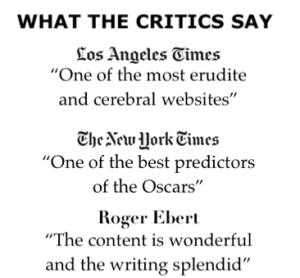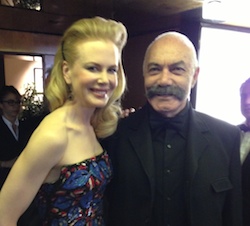The social and professional milieus of ballet companies are rife with tensions, ego-conflicts and melodramas of the highest order. Yet there have been few major movies set within this world, perhaps because it’s considered to be too refined or too esoteric, or too feminine for male audiences.
Darren Aronofsky’s “Black Swan,” which opens December 3, takes the ballet movie to another level, while using the conventions of the psychological thriller and horror genres. Rich in both text and subtext, the movie goes way beyond dance melodramas of yesteryear in presenting a portrait of a young ballerina, who’s committed, obsessed, neurotic, and paranoid.
Review of Red Shoes: http://emanuellevy.com/search/details.cfm?id=5318
It may be a coincidence, but there have been three major films set in and about the ballet world, “The Red Shoes” (1948), “The Turning Point” (1977) and now “Black Swan.” I do not count “WaterlooBridge” (1940), in which Vivien Leigh plays a ballerina, as a specific ballet film.
It may or may not be a coincidence that these three movies were made a generation apart from each other. The British production, “The Red Shoes,” is still an all-time favorite of such a milieu.
Both the luminous “Red Shoes” and the shamelessly melodramatic “Turning Point” were nominated for the Best Picture and other Oscars, and I think “Black Swan,” which has just been nominated for the Spirit Award, stands a good chance to be honored by the Academy voters.
Most critics, I think, would agree that “The Turning Point” is the weakest of the three, and not just because it’s one of the biggest losers in Oscar history. The movie was nominated for no less than 10 Oscars and lost out in each of these categories.
All three melodrama center on you, attractive women, who’s conflicted between their commitment to their professional and work and their more turbulent domestic lives. They all raise the question of what a woman is willing to do (and sacrifice) for her career?
Thus, we decided to revisit all three works in order to reassess their merits and weaknesses ad dance films, and also their ideological messages, or what exactly they say about their heroines and their familial, social, and professional surroundings.










